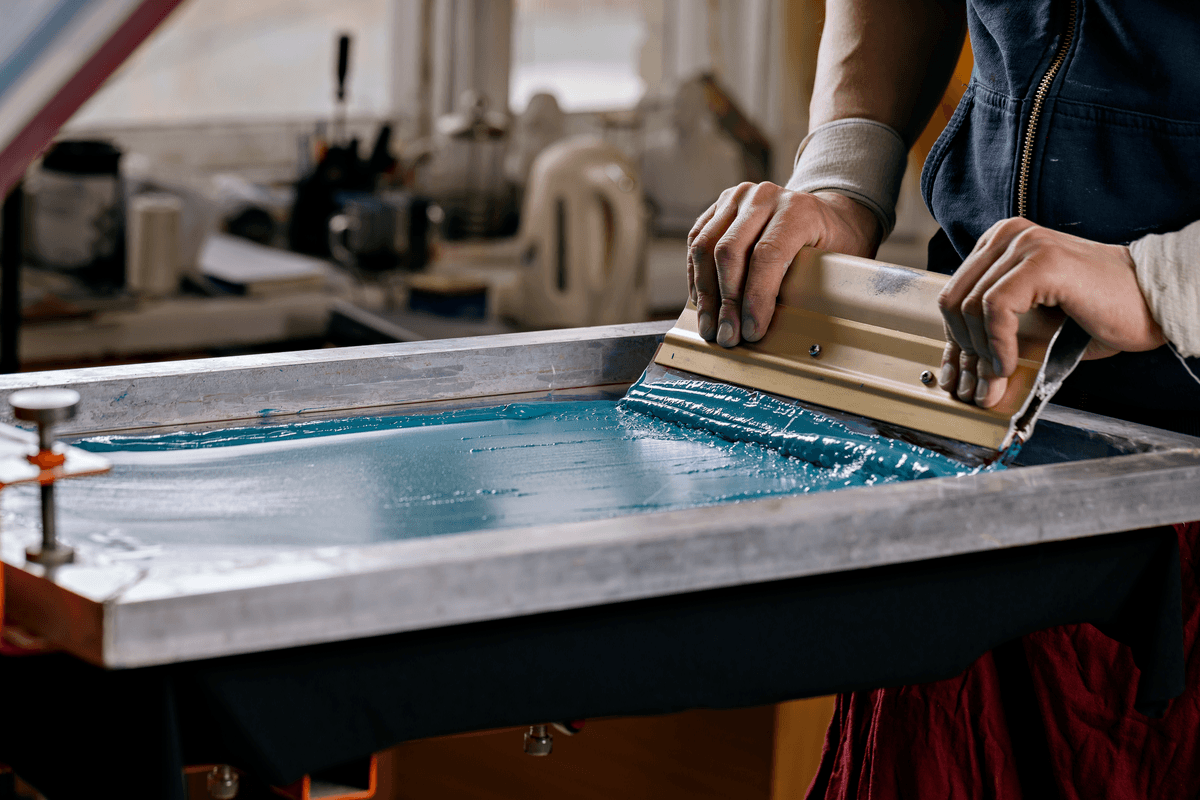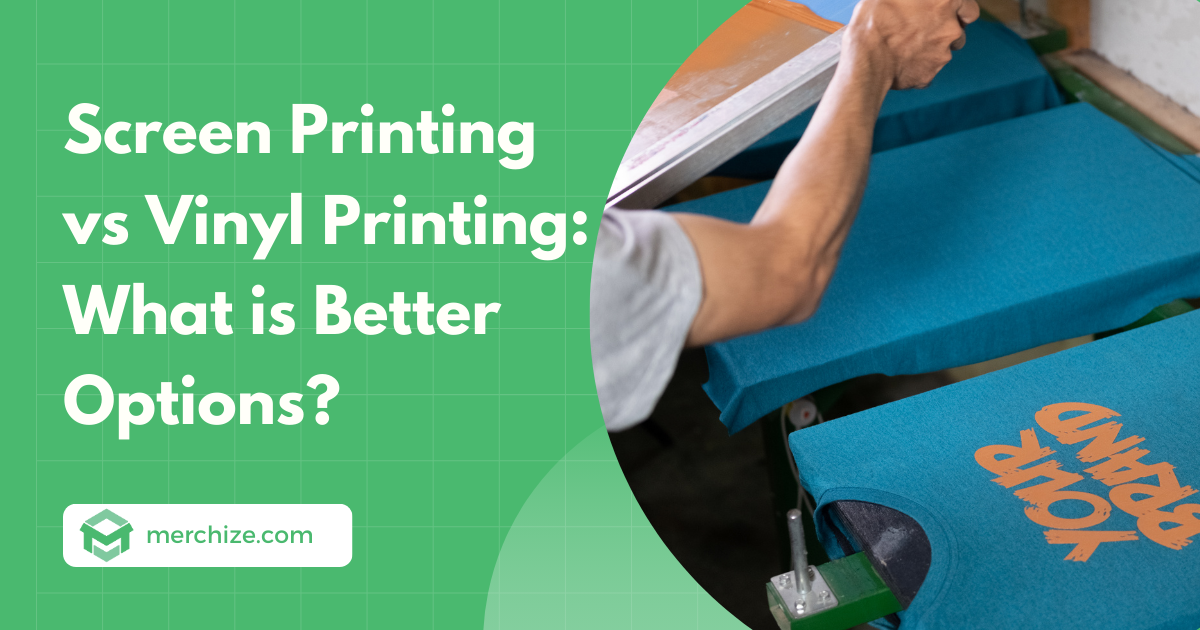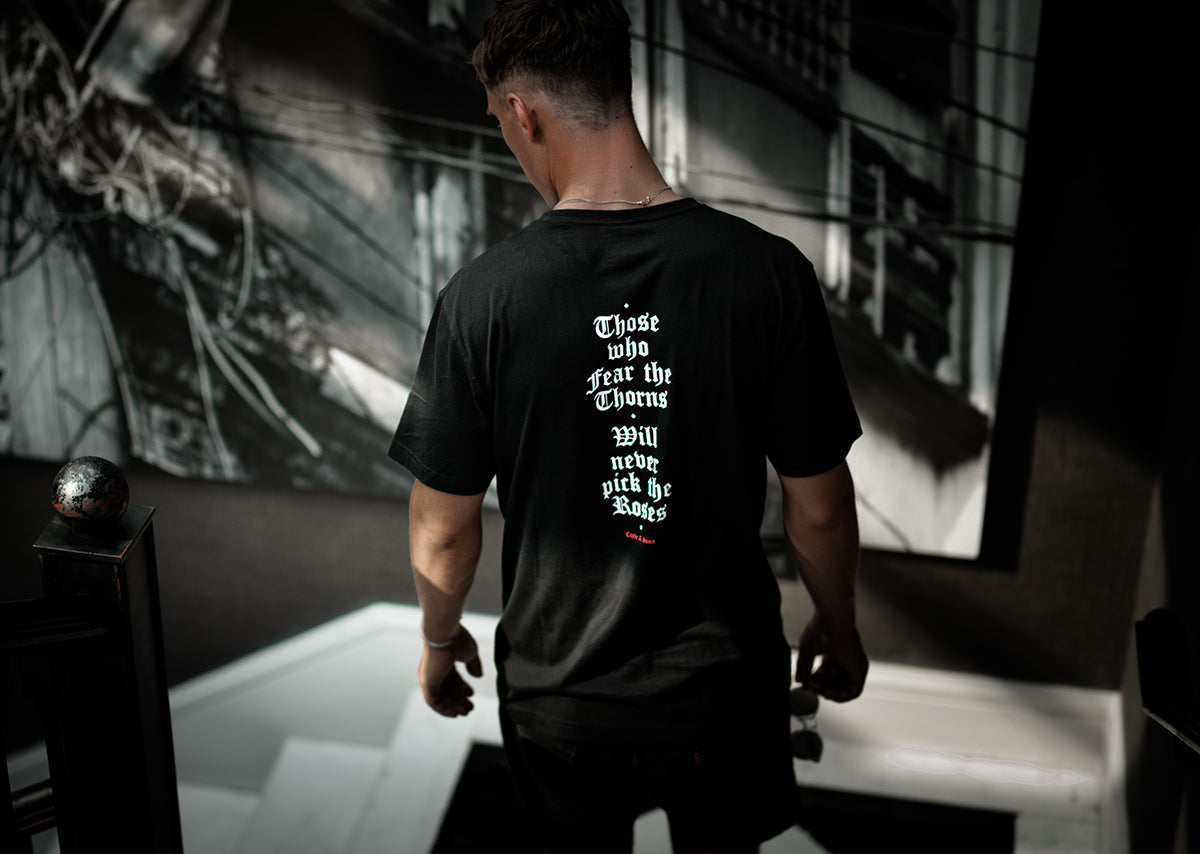Tx Tees for Beginners
Tx Tees for Beginners
Blog Article
6 Simple Techniques For Tx Tees
Table of ContentsAn Unbiased View of Tx TeesFacts About Tx Tees RevealedTx Tees Fundamentals ExplainedSome Of Tx TeesWhat Does Tx Tees Do?Unknown Facts About Tx TeesTx Tees Things To Know Before You Get This
Add up various other costs, like the number of energies it takes to run the shop and the cost of ink and solution per design. Take the print listed below.The emulsion should only be a few cents given that you 'd just require to coat one screen for this task. Normally, printers attempt to make up to 45% earnings on a print job.

With DTF, you can print a handful of tee shirts, or just one. Utilize the exact same calculator as the section over to determine just how much profit you would certainly use DTF transfers. Compare the expenses and revenues to whichever technique speaks best to your setup and procedure. Both display printing and DTF have their niches worldwide.
The 10-Second Trick For Tx Tees
The very best means to understand? Ask about and see what print stores like yours are doing. custom screen printing. Try both out and see which you like much better
When you're picking what type of printing approach to use for printing your art work designs on your garments, it is essential that you know the differences between these 2 strategies so you can make the most of results while minimizing costs. Screen printing is one of the most generally made use of technique for publishing layouts on textiles.
DTG printing is additionally known as spot or straight to garment printing because it prints only what is required instead of making a screen as screen printers do. https://www.huntingnet.com/forum/members/txtees02.html?simple=1#aboutme. Screen printing functions by display filler squeegee display printing ink screen mesh display, after that transferring the photo to garment utilizing heat and/or pressure
The DTG printer makes use of special dye-sublimation inks that are used into a pre-designed image by an electronic printing system. The inks enter into the textile, enabling dynamic colors and phenomenal information. It's likewise known as area or straight to garment printing since it publishes just what is needed rather of making a screen as screen printers do.
The Buzz on Tx Tees
It's much quicker - you can publish a fullcolor picture in mins, as opposed to hours for display printing. Second, there's no established up time or prices entailed - you can print any kind of layout you such as, without having to develop a display. Third, there's no waste - due to the fact that screen printers screen print one style at once, they need to evaluate each color separately.
The paper is very expensive and can only be used once. Once it's printed on, it has to be disposed of. - The first acquisition rate is reduced than the ahead of time investment of DTG printers- You can publish multi-color designs one display at once rather than needing to print each color individually like DTG printing.

Tx Tees Things To Know Before You Buy
However, as opposed to making use of display mesh as display printers do, dye sublimation printers make use of laser modern technology to move your images onto garments or paper. A heat procedure moves the color from its solid-state straight right into the gas stage which in turn integrates it onto material substrates when they are quickly heated up to high temperature levels under high pressure.
Sublimation printing is environmentally friendly. It makes use of much less water than screenprinting, and due to the fact that it does not entail making use of damaging solvents, it's safe for all types of clothing. The dye sublimation inks are also odor free when healed, unlike screen printers that make use of damaging chemicals during the screen printing process that leave an undesirable smell.
They also conserve money on pricey tools like exposure units because color sublimation printers do not call for a UV direct exposure unit or a flash remedy oven that is generally used in display printing (t-shirt printing). What is direct to garment printing (DTG Printing)? DTG printing is an electronic screenprinting procedure that prints directly onto material making use of specialized inkjet printers
Tx Tees for Dummies
DTG printing supplies several advantages over conventional screenprinting, consisting of the ability to publish photo high quality photos, better shade vibrancy, and the ability to publish designs on darker materials. DTG printers function by warming the textile ink up until it develops into a gas. The gas then permeates the textile, bonding with the fibers to produce an irreversible print.

Screen printers merely prepare their display then start printing till they lack product or ink.- There is a variety of skilled display printers around the world, which can be helpful for newbies. - It's a slower procedure - display printers often have to await the ink to completely dry prior to they can publish the next color- Display printers call for manual work, so there's a higher discovering curve and it takes longer to produce a high-quality layout- Screen printing isn't as precise as DTG printing, so you may obtain some "bleeding" of shades from one component of the image onto another if not done properly.
Get This Report on Tx Tees
Rather of using screen mesh as display printers do, dye sublimation printers use laser modern technology to transfer your pictures onto garments or paper. A heat procedure transfers the color from its solid-state straight right into the gas phase which subsequently merges it onto fabric substratums when they are swiftly heated up to heats under high pressure.
Sublimation printing is eco-friendly. It have a peek at these guys makes use of less water than screenprinting, and since it does not involve making use of unsafe solvents, it's risk-free for all sorts of apparel. The dye sublimation inks are additionally unsmelling when treated, unlike display printers that use damaging chemicals throughout the screen printing procedure that leave behind an unpleasant smell.
They additionally conserve money on pricey equipment like exposure systems given that dye sublimation printers don't call for a UV exposure system or a flash remedy stove that is typically utilized in display printing. What is direct to garment printing (DTG Printing)? DTG printing is a digital screenprinting process that prints directly onto textile using specialized inkjet printers.
Unknown Facts About Tx Tees
DTG printing offers many benefits over traditional screenprinting, including the capacity to publish photo top quality photos, better shade vibrancy, and the capability to print designs on darker fabrics. DTG printers work by warming the fabric ink up until it transforms into a gas. The gas then penetrates the textile, bonding with the fibers to produce a long-term print.
Report this page